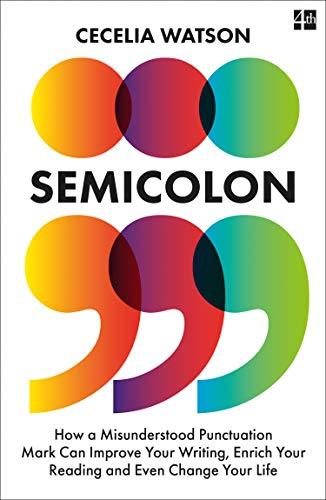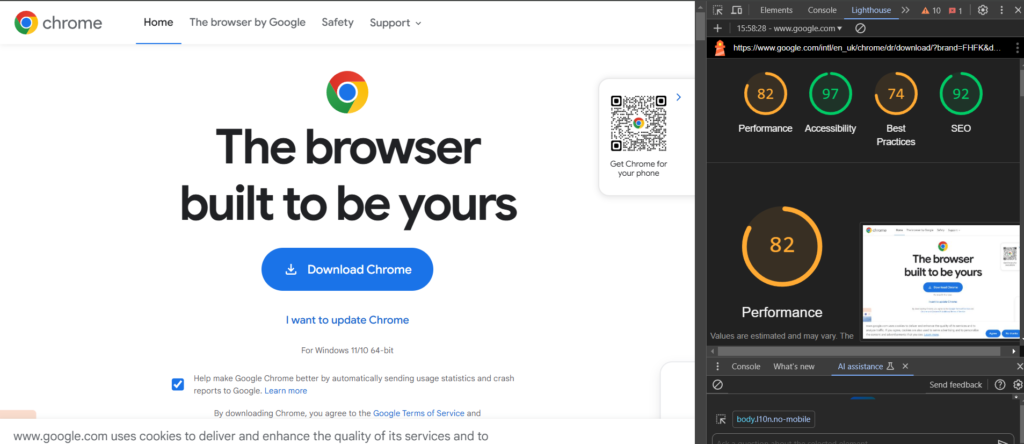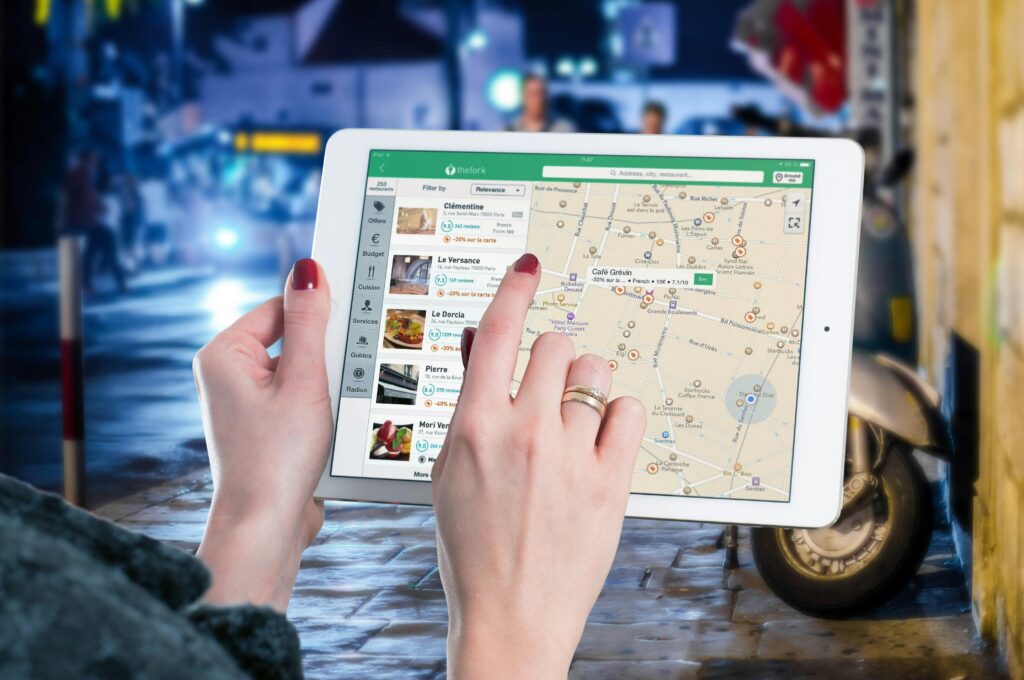Most people know what it is, but many do not correctly know when to use a semicolon. But to make sure we are on the same page. A semicolon is a punctuation mark used to separate two independent clauses in a sentence. It is represented by a dot above the line (;). It is a strong divider, stronger than a comma but not as strong as a full stop.
In British English, a semicolon is used to separate clauses in a sentence when the clauses are closely related in meaning and the relationship is not obvious from the grammar of the sentence.

The clauses separated by a semicolon should be independent, meaning they make sense as separate sentences, but the relationship between them is close enough that a semicolon is used to show that connection. In this way, a semicolon serves as a bridge between two related ideas or thoughts in a sentence.
Semicolons are not commonly used in everyday writing and are typically reserved for formal or academic writing.
The rules around when to use a semicolon can vary between British and American English. For example, in American English, semicolons are often used to separate items in a list, such as in a list of addresses or dates. In British English, however, this usage is not common and the use of a comma is preferred.
There is even a book about when to use a semicolon!
When to use a semicolon in British English:
Here are some basic rules for when to use a semicolon in British English:
- Use a semicolon to separate two independent clauses that are closely related in meaning.
- Do not use a semicolon if a full stop would be appropriate.
- Do not use a semicolon if a comma would be sufficient.
- Use a semicolon in a list when items in the list contain commas.
British English Examples:
- The study of ancient civilizations has long been of interest to scholars; in recent years, advancements in technology and access to previously inaccessible areas have led to a resurgence in research on the topic.
- The sun was setting; the sky was ablaze with orange and pink hues.
- I have three brothers; two are older and one is younger.
- I need to buy bread, cheese, and wine; I’m having guests over for dinner.
American English Examples:
- I love hiking in the mountains; my favorite trail is in Yosemite National Park.
- I have to finish my report, call my mother, and take my dog for a walk; I’ll see you tomorrow.
- I’ll be at the library at 2 PM; I have to study for my exams.
Incorrect use of a semicolon:
- The weather was nice; it was a perfect day to go to the beach.
In this example, the semicolon is used to separate two independent clauses, but a full stop or conjunction would be more appropriate. The semicolon suggests a closer relationship between the two clauses.
This example sentence would be correctly written, as two separate sentences, like this “The weather was nice. It was a perfect day to go to the beach.” Or, with a conjunction, like this “The weather was nice and it was a perfect day to go to the beach.”
Check out the Oxford English Dictionary, the Cambridge English Dictionary, or the British Council website, which provides detailed information on grammar, punctuation, and style. The Purdue Online Writing Lab is a useful resource for information on writing in American English.



